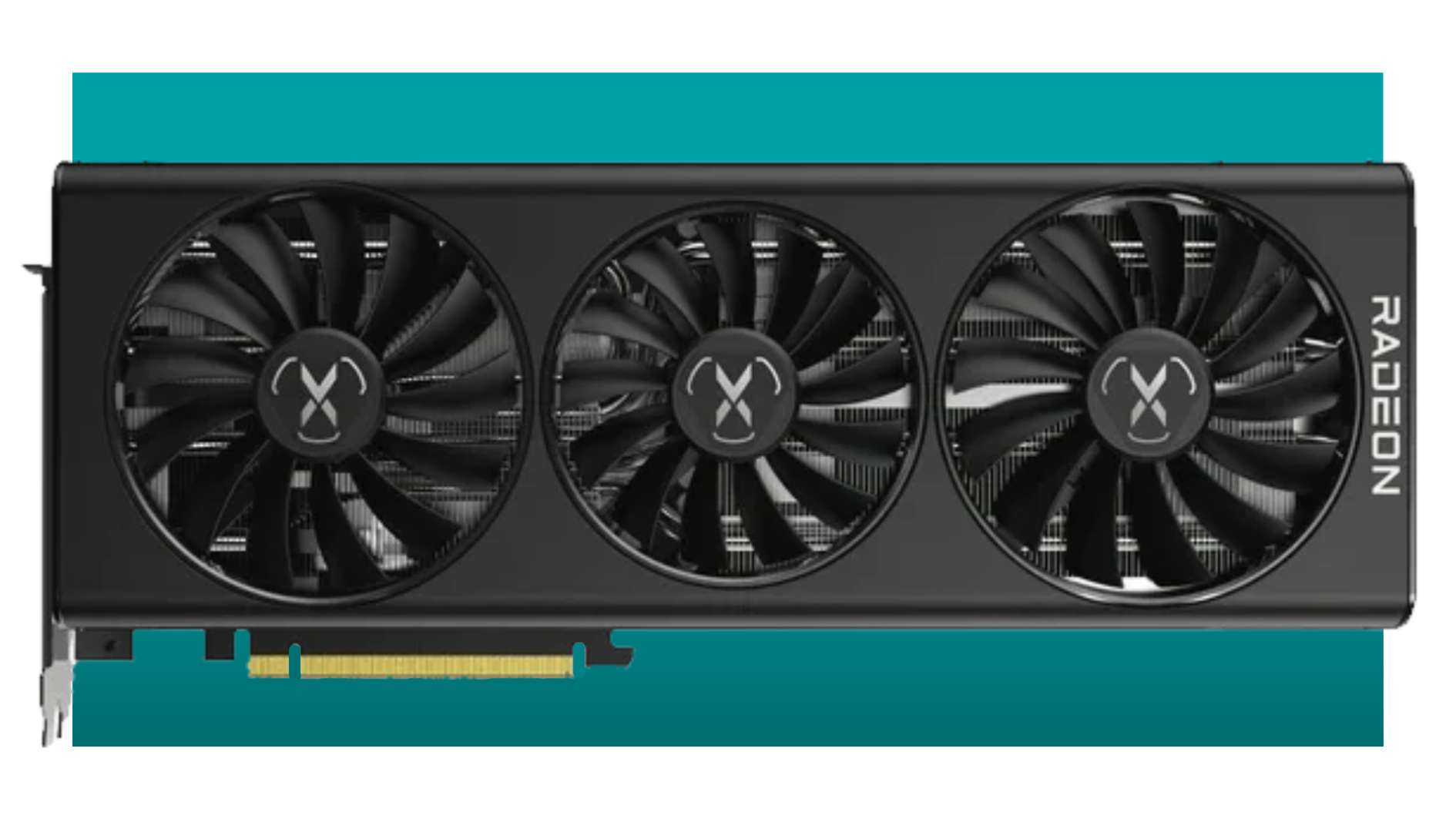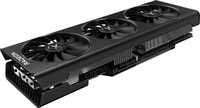We've spotted a 16GB RX 6800 for $380, which makes it cheaper than your average 8GB RTX 4060 Ti
It's still got plenty of fight left in it, the RX 6800, and those of you worried about VRAM have plenty left to spare.

XFX SPEEDSTER RX 6800 | 16GB GDDR6 | 3840 shaders | 2,190MHz boost | $379.99 at Walmart
This graphic card was launched over three years ago but it's still very potent. It has bags of VRAM on a wide memory bus, backed up with mountains of cache. Makes the RTX 4060 Ti and RX 7700 XT look miserly in comparison.
RX 6800 price check: Newegg $379.99 | Amazon $390.62 | Best Buy $399.99
Thinking back on 2020 now is a bit of a weird experience, like looking back on a time that never was. Amidst all the turmoil in that particularly difficult year, there were at least some GPU launches to keep us busy while we weathered the storm, and of particular note was the launch of several of the RX 6000-series of AMD GPUs.
We've just spotted a version of a particular stalwart of that generation, the Radeon RX 6800, in the form of the XFX Speedster SWFT 319 RX 6800 for $380 at Walmart, and even today its still got the sort of performance that gives some of the more modern cards a run for their money.
For a start, check out that VRAM, all 16GB of it. VRAM has been a bit of a contentious issue in more recent times, what with a fair bit of backlash for the RTX 4060 Ti and its 8GB initial launch version that many gamers felt was on the stingy side, but those fears can be assuaged with the RX 6800 with a hefty dose of the GDDR6 variety, complete with a 256-bit memory bus. The memory is also helped along by what AMD dubs Infinity Cache, and extra helping of memory that keeps things quick.
Speaking of the RTX 4060 Ti, the RX 6800 is quite a bit faster in general gaming benchmarks, and while prices for the Nvidia card remain around the $400 mark in general, the cheapest I've been able to find is this Galax RTX 4060 Ti for $370.
While there are some good reasons to still pick the little Nvidia GPU, chief amongst them being the ability to make use of DLSS 3 and its Frame Generation features, the AMD card has some specs and features that are difficult to ignore. Thanks to that wide memory bus, 60 compute units and a 2,105MHz boost clock the RX 6800 puts on an excellent show, with 1440p performance that can still make some of the more modern cards wince. And there's always FSR for some upscaling magic of AMD's very own.
This XFX version also features a triple-fan cooling solution, and while the RX 6800 was known to run cool regardless, a little bit of extra cooling capacity should again assuage any fears that it'll be toasting away amongst your other components.
Of course, you could aim a little higher and go for the RX 7800 XT for even more performance goods, but then you'll be looking at spending $100 or so more for not a hugely sizeable benefit. The RX 6800 sits in a sweet spot at this price, delivering big chunks of real world gaming grunt for the same sort of cash as some less performant modern cards, all the while running cool and efficient with a modest TGP of 250W.
It's a card that likes to get up other's noses at this price, and one that would make a great upgrade to turn a budget system into something more like a mid-range powerhouse. It's still fast, still efficient, still knocking it out the park, and a great pick if you're looking for 1440p performance on a budget.
Keep up to date with the most important stories and the best deals, as picked by the PC Gamer team.

Andy built his first gaming PC at the tender age of 12, when IDE cables were a thing and high resolution wasn't—and he hasn't stopped since. Now working as a hardware writer for PC Gamer, Andy's been jumping around the world attending product launches and trade shows, all the while reviewing every bit of PC hardware he can get his hands on. You name it, if it's interesting hardware he'll write words about it, with opinions and everything.


